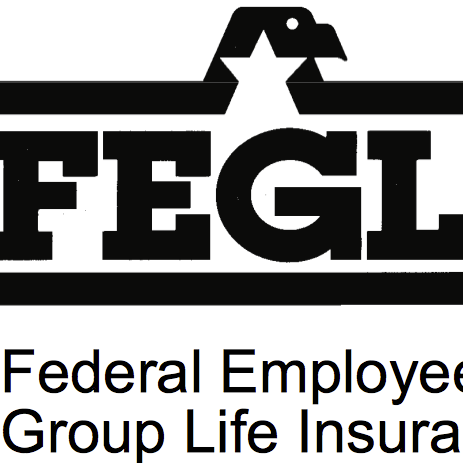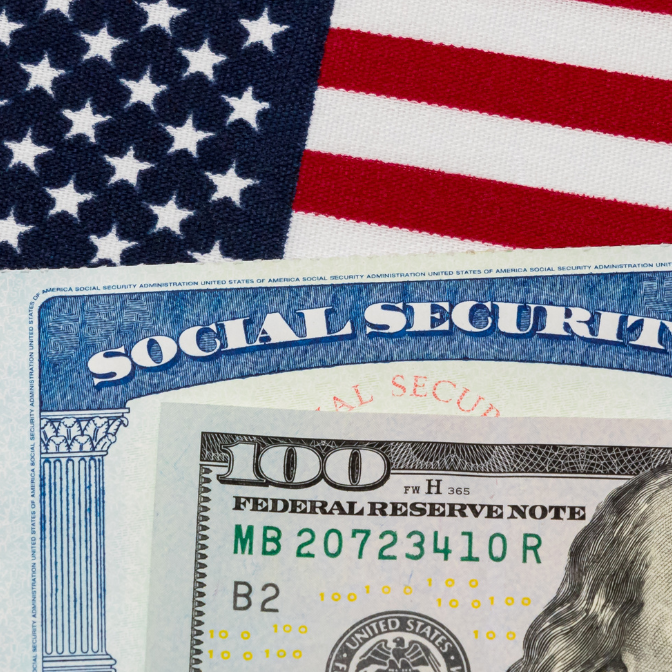A Retirement Guidebook to Federal Employee Group Life Insurance (FEGLI)

One of the various benefits offered to federal employees is the Federal Employee Group Life Insurance (FEGLI). Many workers, however, are unaware of the fact that insurance benefits operate differently after retirement than when they were employed. Pre-retirees need to be aware of the various retirement options available to them to make the best choices for their future.
Options Available While Working Under FEGLI
Let’s take a look at the various FEGLI possibilities before proceeding.
Basic Insurance
Round up your payment to the nearest thousand plus $2,000. Every employee pays the same rate, which is $0.3467 for every $1,000 in insurance.
Option A: A basic $10,000 insurance policy rises in price with age and tops out at $13 per month at age 60.
Option B: Up to five times your annual wage is covered, and the premium rises every five years until age 80, when it reaches its maximum.
Option C: This option is ideal for couples and their children. Coverage for a spouse is $5,000 per unit and for children is $2,500 per unit. The premiums start at age 80 and grow every five years based on the ages of the federal employee.
If a federal employee purchases a term life insurance policy to substitute for FEGLI, they could save thousands of dollars throughout a 30-year career. Retirement coverage, though, is a little different.
You must examine (1) the variations among the aforementioned coverage possibilities and (2) how protection and premiums function in retirement to help you make the best decisions.
FEGLI Retirement Options
Basic
When it comes to their basic insurance in retirement, federal employees have three options:
• 75% reduction: Under this option, basic insurance coverage begins to decline from age 65 or retirement (whichever comes first) by 2% per month until it reaches 25%. At age 65 or retirement (whichever comes first), a retiree must pay premiums; payments are no longer required at that time.
• 50% reduction: Two separate insurance premiums for each $1,000. The coverage is reduced by 1% per month, up to 50%.
• $1.01 each month before the age of 65.
• $0.69 per month from age 65 onward.
• No reduction: This carries two different premiums for every $1,000 insurance.
• $2.39 per month before the age of 65.
• $2.07 monthly from age 65 onward
Option A
The coverage amount is decreased by 2% each month until the final sum of $2,500 is reached. This will happen automatically when you retire or turn 65, whichever comes first.
Options B and C
Workers with B and C at retirement can keep their coverage or reduce it beyond age 65 or retirement (whichever comes later). It is also possible to decide which multiples decrease and which multiples stay the same. Premium payments will stop once the coverage starts to decline by 2% a month until coverage is eliminated.
Maximizing FEGLI in your retirement
The 75% reduction and removing options B and C are the default choices for FEGLI at retirement. However, ensure that the choice is the best fit for both you and your family before making a decision.
Why is it advisable to retain the entire Basic
It is now more of a commercial choice to maintain coverage after retirement. Keeping 100% of basic coverage can be a wise financial decision. There are instances where someone retires at age 79 and is required to pay the same premiums as a federal worker who retires at age 57. A return on investment for his beneficiaries appeared to be highly favorable when the statistics were run up to age 90.
In a scenario like this, users would want to consider various life expectancies and the recipients’ return on investment. Keeping basic at 100% could result in a powerful return on investment.
Remember that the 25% coverage comes free at 65 or retirement, so the amounts you pay are 75% of your basic.
Options B and C
If you maintain coverage in retirement, the rates could skyrocket, but if your health is poor, you might not have many other viable options. Another idea is that if you have insurance when you are close to retiring, you should keep it so that you can continue receiving free coverage for 50 months after it begins to wane.
The retirement puzzle still needs to be pieced together after retirement, and FEGLI is simply one more piece.
Contact Information:
Email: [email protected]
Phone: 8889193252
Popular posts

Federal Retirement Savings: Unveiling...
Federal Retirement Savings: Unveiling...

3 Reasons to Claim...
Seniors are frequently admonished...
Free Retirement Benefits Analysis
Federal Retirement benefits are complex. Not having all of the right answers can cost you thousands of dollars a year in lost retirement income. Don’t risk going it alone. Request your complimentary benefit analysis today. Get more from your benefits.
I want more

